Click to Chat
I'm online now.
Fhopepack Innovation
Our fast solutions for steel coil packing lines focus on minimizing downtime through prompt troubleshooting, expert support, and immediate access to essential spare parts. We help companies avoid extended delays, keeping production lines running smoothly and efficiently with minimal interruptions.
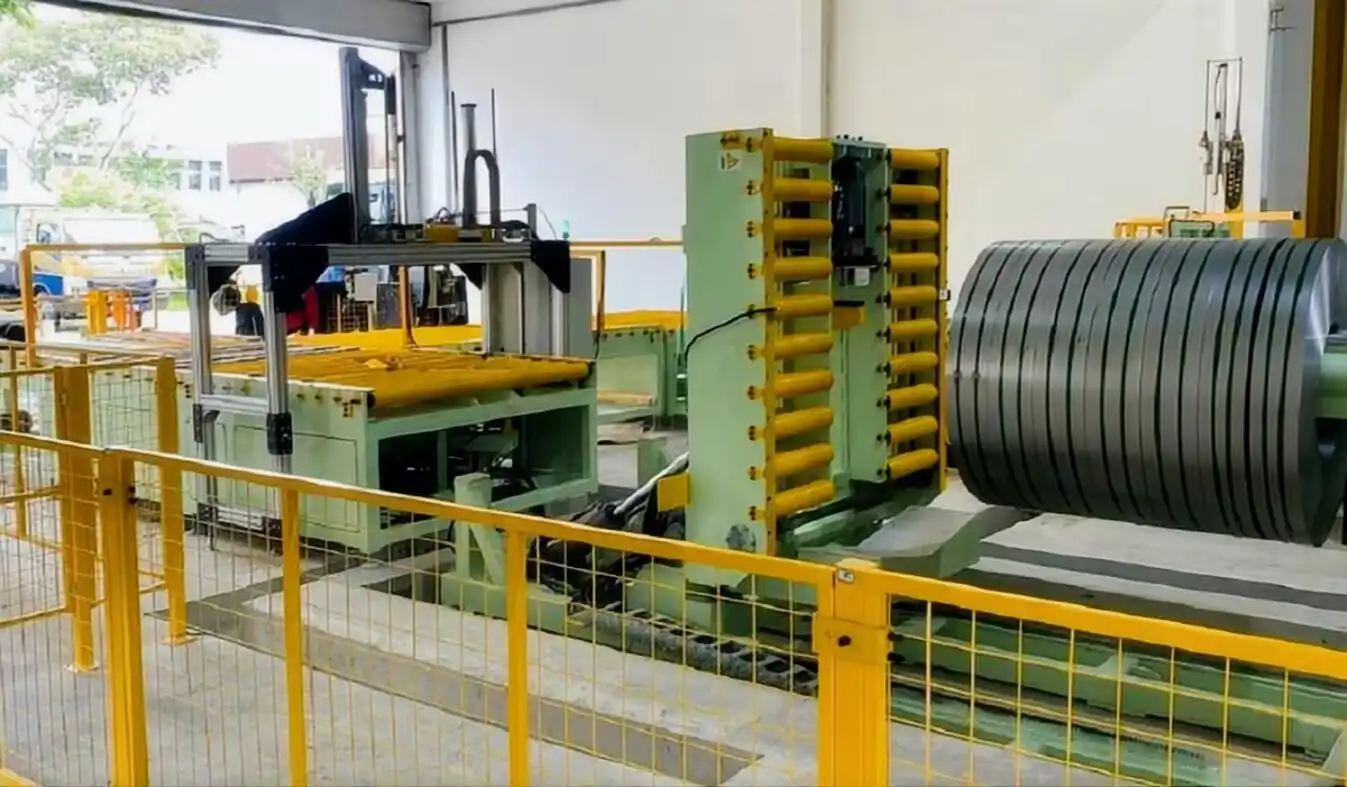
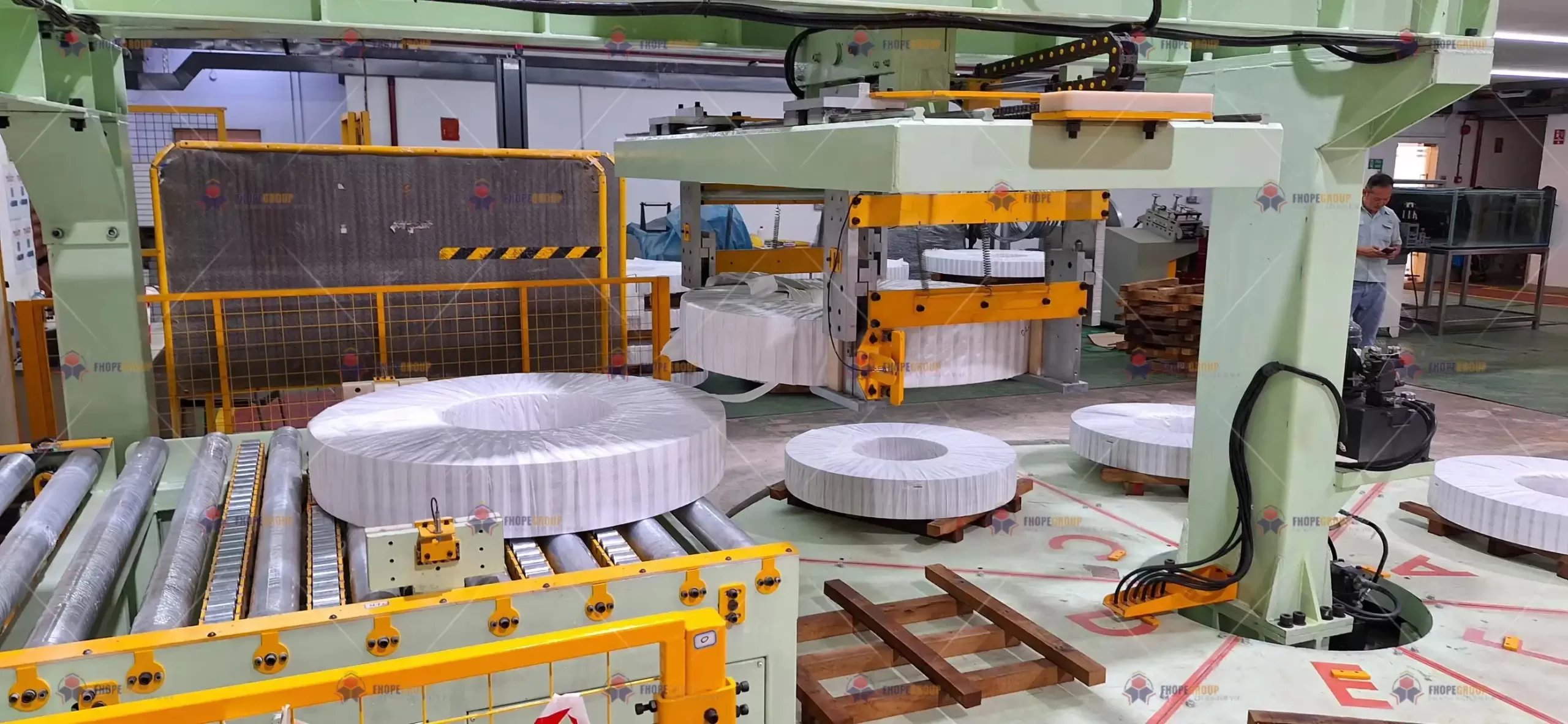

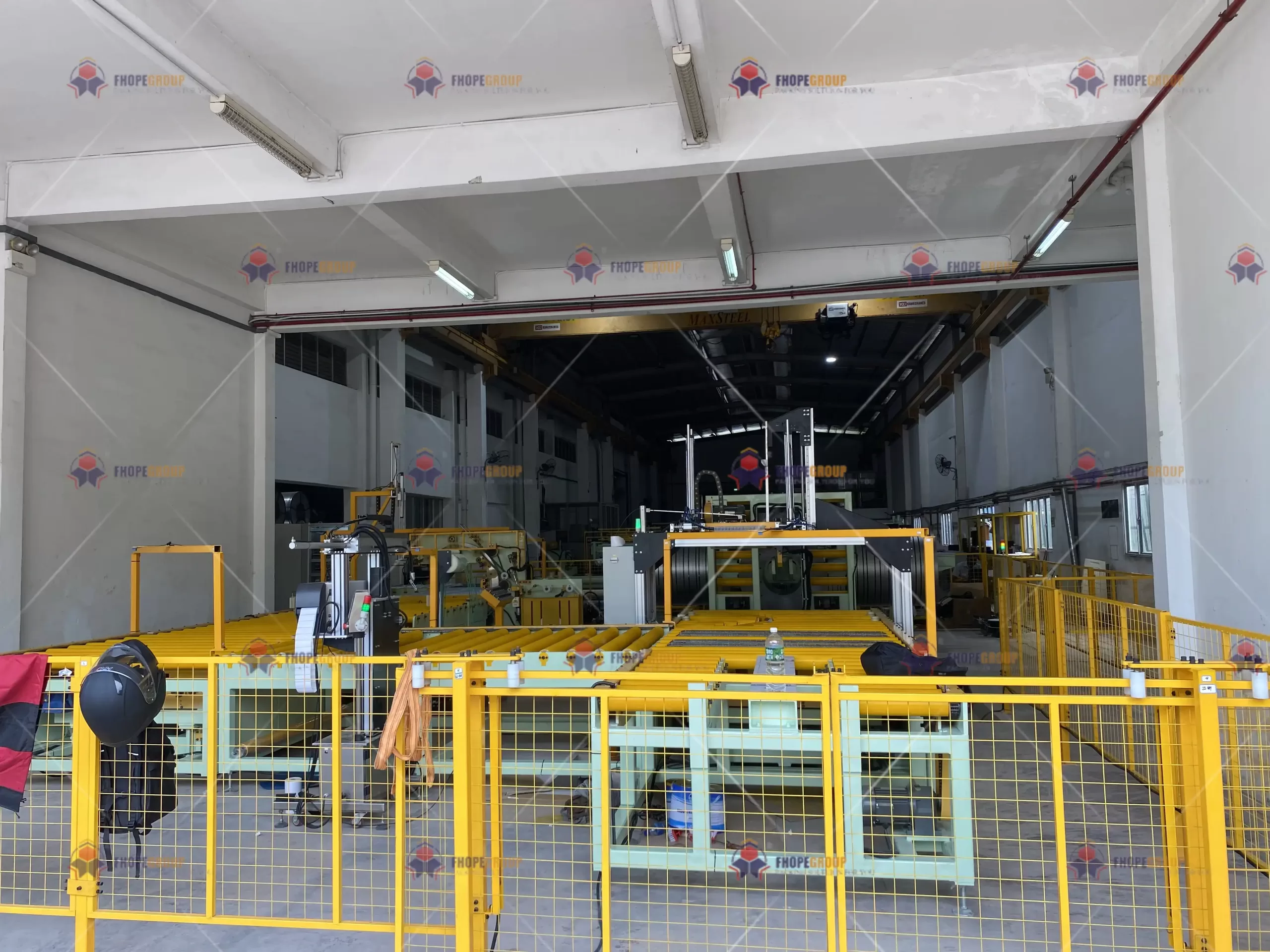

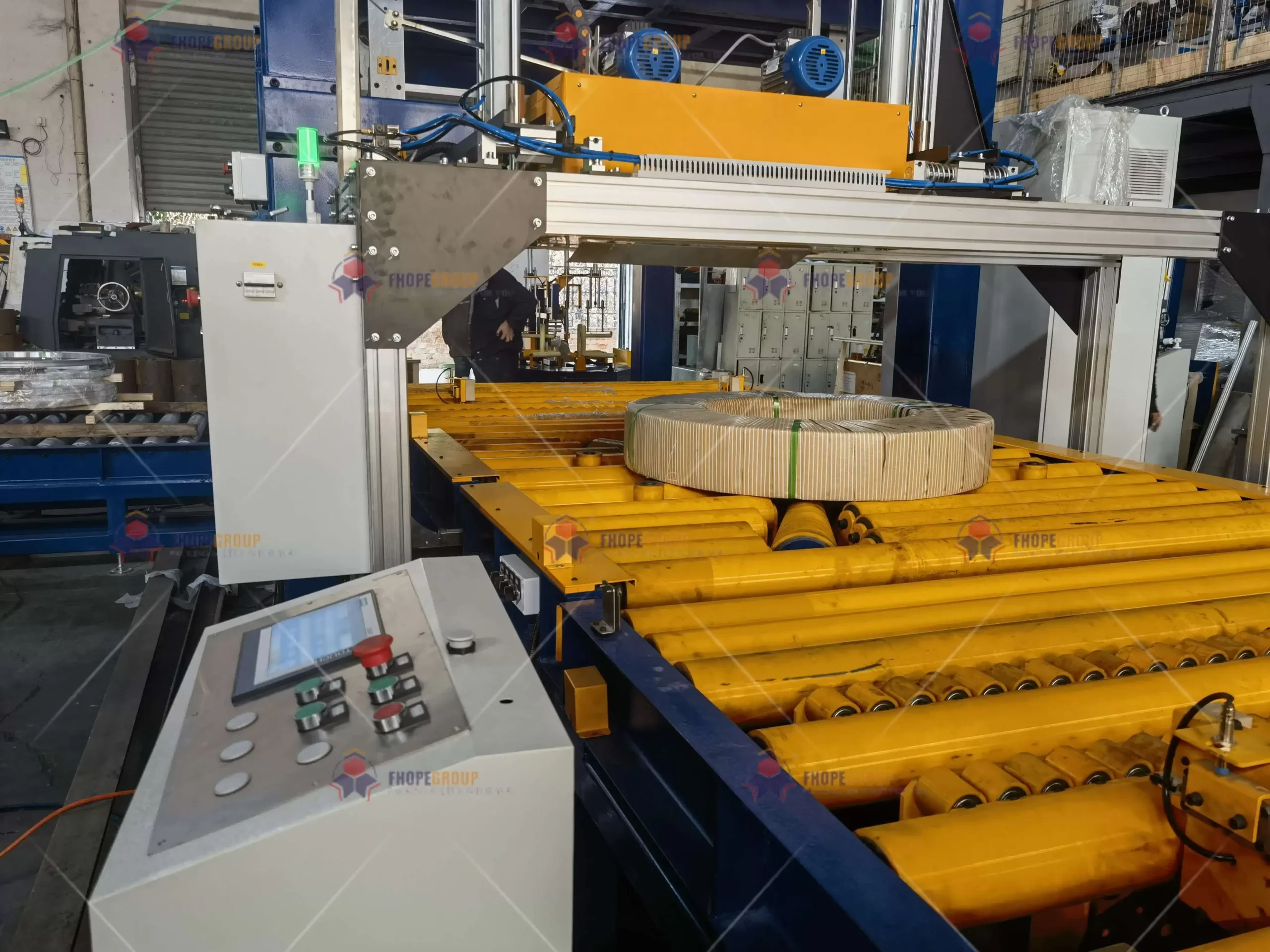
In the fast-paced world of manufacturing, especially in industries dealing with steel coil production, downtime is a costly setback. To maintain efficiency and ensure seamless operations, minimizing downtime is essential for maximizing output and profitability. This is where automated solutions such as wrapping machines, strapping machines, and coil stacking machines come into play. These machines not only help reduce manual labor but also significantly cut down the time required for packaging processes. In this article, we’ll explore how these technologies provide fast solutions to ensure that your steel coil packing line remains efficient and productive.

In coil processing, time is money—and downtime burns both. Whether it’s a mechanical failure, operator error, or just an inefficient process, every minute the packing line stands still backs up production, increases labor costs, and risks missed delivery windows.
When you’re dealing with steel coils—heavy, high-value, and high-volume—the impact of downtime multiplies. That’s why purpose-built automation is a must. Automated wrappers, strappers, and stackers help eliminate choke points, keeping the line running and the product moving.

Wrapping machines are more than just film dispensers—they’re critical for protecting coils in transit and storage. They apply stretch film, VCI paper, or other materials based on product and customer specs.
Key Features:
Precision Wrapping: Machines apply film with uniform tension, avoiding slack or over-wrap.
Material Flexibility: Most support film, VCI paper, and composite layers.
Speed: High-output models handle up to 50 coils/hour.
Specs to Watch:
Coil OD Range: 600 mm to 2,000 mm
Width Range: 300 mm to 2,000 mm
Control: PLC-based interfaces for on-the-fly adjustments
Power Use: Typically 5–10 kW/hour, depending on coil size and wrap type

Strapping keeps the coil tight and intact. Done right, it prevents coil damage in shipping. Done wrong, and you’ve got a loose load—or worse.
Function Highlights:
Auto Tensioning: Ensures proper tightness without deformation
Multi-Point Strapping: Two to four straps per coil
Quick Cycle Times: Some models finish in 15–20 seconds
Performance Specs:
Strap Widths: 12 mm to 32 mm
Throughput: Up to 150 coils/hour
Load Capacity: Up to 10 tons
Auto Feed: Minimizes manual steps

After wrapping and strapping, the coil has to be stacked. Doing this by hand—or even with forklifts—invites alignment problems, safety issues, and time loss.
Key Capabilities:
Automated Stacking: Coils are placed with consistency
Tight Tolerances: Precise placement prevents imbalance
Built-in Safety: Emergency stops, sensors, and safeguards included
System Specs:
Weight Range: 500 kg to 20 tons
Stack Height: Up to 5 meters
Workflow: Integrates with upstream equipment
What’s better than fast equipment? Fast equipment that talks to each other. True efficiency comes when your wrapper, strapper, and stacker form one continuous, automated line.
Integration Tactics:
Conveyor-Based Transfers: No forklifts between stations
PLC Syncing: One machine finishes, the next one starts
Smart Fault Handling: Sensors detect coil misalignment or machine hiccups before they cause downtime
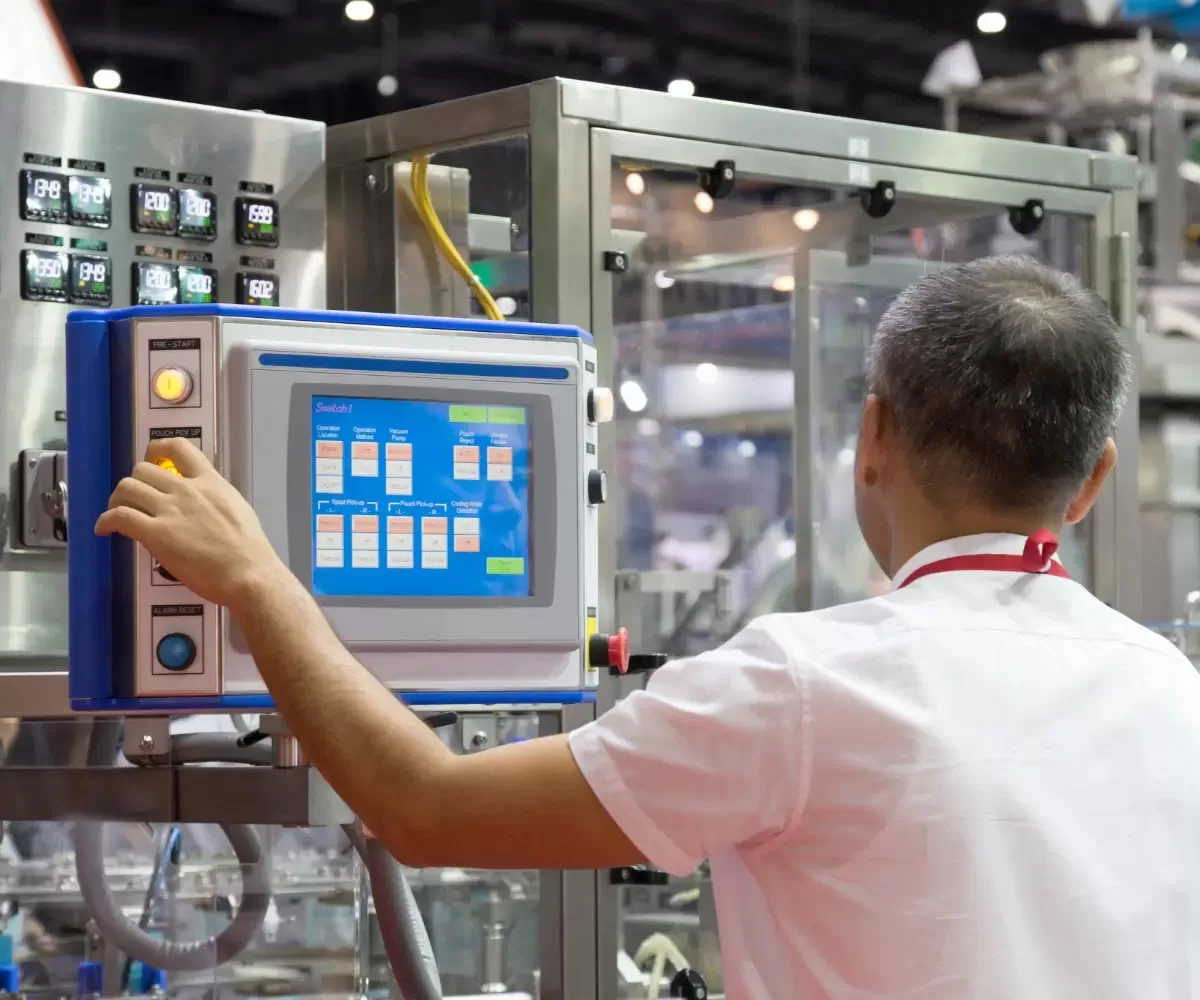
Manual coil handling brings inconsistency and risk. Automation reduces both.
How Safety Improves:
Less Manual Handling: Machines move the load
Consistency: Every wrap and strap meets spec
Real-Time Feedback: Stop functions and sensors prevent mistakes
Forget reactive maintenance. Predictive tools spot problems before they shut down the line.
Smart Maintenance Tools:
Live Monitoring: Track wear, usage, power draw
Auto Diagnostics: Machines self-check alignment and function
Maintenance Scheduling: Plan downtime before it’s forced
Steel coil packaging isn’t cookie-cutter. Every shop has different products, space, and goals. Smart systems flex to fit.
Customization Options:
Wrapping Controls: Adjust tension, wrap count, and film type
Strap Configurations: 2-point, 4-point, edge protectors—your choice
Stacking Logic: Tailored to your storage layout and coil sizes
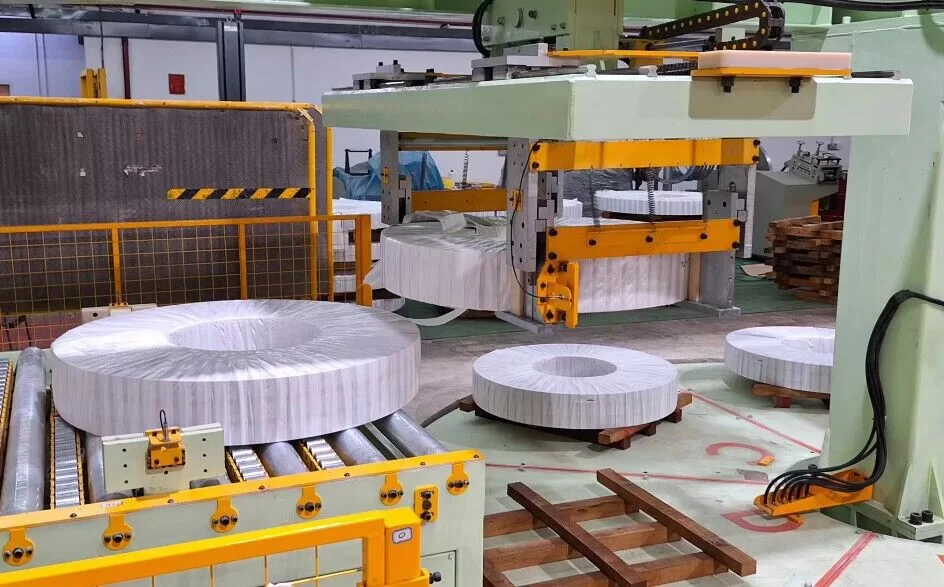
When something breaks, every second counts. That’s why responsive service matters just as much as the machine itself.
Support Model:
24/7 Remote Help: Instant diagnostics and guidance
On-Site Technicians: Fast response for serious issues
Spare Parts Stocked: No long waits, no long lines
Automation is an upfront investment. But over time, it’s the cheapest labor you’ll ever hire.
Big Picture Benefits:
Higher Throughput: More coils out the door
Reduced Labor Costs: Fewer manual touchpoints
Repeatable Quality: Fewer rejects, happier customers
Scalability: Expand the system, not the workforce

Steel coil packing is no longer just about moving material from point A to B. It’s about building a system that works smarter, not harder. Automation, integration, predictive maintenance, and tailored solutions all play a role in keeping your line up, your costs down, and your product protected.
And when something goes wrong? You want support that shows up fast—with the parts and know-how to fix it right the first time.
In this business, that’s what future-proofing really means.
In the fast-paced and highly competitive world of manufacturing, particularly in industries handling steel coil production, minimizing downtime is critical to maintaining operational efficiency and profitability. Unplanned delays can lead to significant losses, both in terms of production output and financial performance. To address this, automated solutions like wrapping machines, strapping machines, and coil stacking systems have become indispensable for modern production lines.
These advanced machines not only streamline the packaging process by reducing reliance on manual labor but also drastically cut down the time required for tasks that were once labor-intensive. By automating repetitive and physically demanding tasks, manufacturers can improve worker safety, ensure consistent packaging quality, and increase overall throughput. Moreover, these technologies help reduce human error, which further enhances the precision and reliability of the packing line.
Incorporating automated solutions into your steel coil packing line is a strategic move that can optimize your operations and provide a fast, efficient, and seamless packaging process. In this article, we’ll dive into how these technologies are shaping the future of the steel coil industry, offering rapid, reliable solutions that keep your production line running at peak efficiency, ensuring minimal downtime and maximized output.
|
Coil parameters |
|
|
Object characteristic |
Steel coil |
|
Single coil weight |
100-4000kg |
|
Coil OD |
750-1600mm |
|
Coil ID |
508-610mm |
|
Coil width |
20-500mm |
|
Power supply |
380V-3p-50HZ |
|
Packing speed |
20-30 coils per hour |
I'm online now.